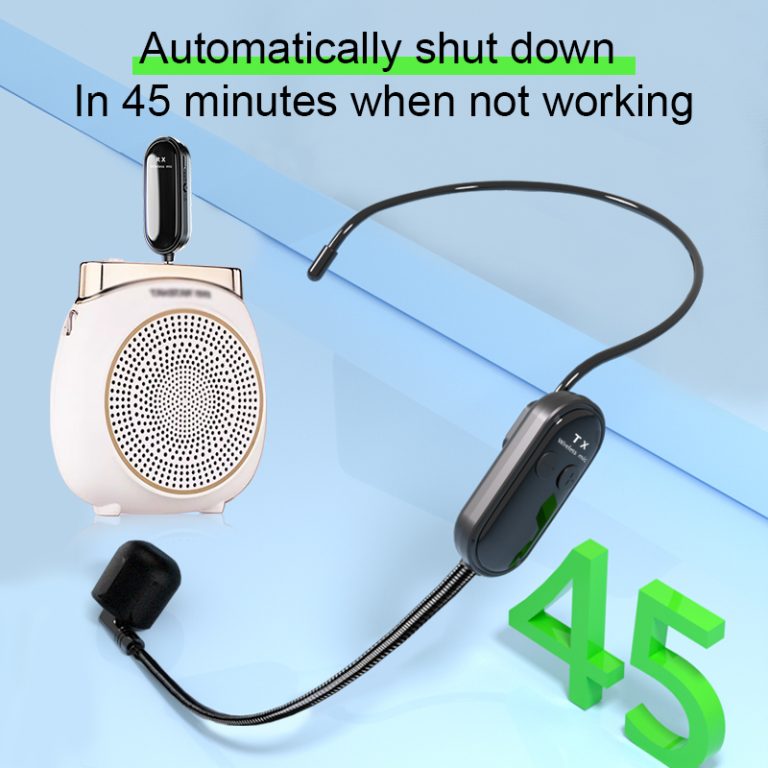A Comprehensive Guide to Choosing the Right Headset Microphone
Headset microphones are essential tools for professionals and enthusiasts alike, whether for gaming, streaming, podcasting, presentations, or live performances. With countless options on the market, selecting the perfect headset microphone can feel overwhelming. This guide breaks down key factors to consider, ensuring you find a device that suits your needs and budget.
1. Identify Your Primary Use Case
- Gaming/Streaming: Prioritize comfort for long sessions, noise cancellation, and compatibility with platforms like Discord or Twitch.
- Podcasting/Recording: Focus on audio clarity, minimal background noise, and support for high-resolution recording.
- Presentations/Meetings: Opt for lightweight designs with clear voice projection and reliable connectivity (USB or Bluetooth).
- Live Performances: Choose durable models with robust sound quality and strong noise rejection.
2. Microphone Type: Boom vs. Integrated
- Boom Microphones: Adjustable arms allow precise positioning near the mouth, ideal for studio-quality audio. Popular among streamers and vocalists.
- Integrated Microphones: Built directly into the earpiece; lightweight and convenient but may sacrifice audio precision.
3. Sound Quality & Polar Patterns
- Cardioid: Captures sound from the front while rejecting background noise—perfect for solo creators.
- Omnidirectional: Picks up sound from all directions, suitable for group discussions or interviews.
- Noise Cancellation: Look for models with built-in noise reduction to minimize keyboard clicks, fan noise, or ambient chatter.
4. Wired vs. Wireless
- Wired: Offers stable connectivity and no latency, ideal for recording or gaming. Common connectors include USB, 3.5mm, or XLR.
- Wireless: Provides freedom of movement via Bluetooth or RF technology. Ensure battery life meets your needs (10+ hours recommended).
5. Comfort & Fit
- Ear Cushions: Memory foam or breathable materials enhance comfort during extended use.
- Adjustability: Look for flexible headbands and rotating ear cups.
- Weight: Lighter models (under 300g) reduce fatigue for long sessions.
6. Durability & Build Quality
- Check for reinforced hinges, braided cables (for wired models), and water-resistant coatings if used outdoors.
- Metal frames often outlast plastic ones but may add weight.
7. Budget Considerations
- Entry-Level (20–20–50): Basic models for casual use (e.g., online meetings).
- Mid-Range (50–50–150): Balance quality and affordability, often featuring noise cancellation and better materials.
- Premium ($150+): Professional-grade audio, premium comfort, and advanced features like dual connectivity or studio-grade drivers.
Bonus Tips:
- Test Compatibility: Ensure the microphone works with your devices (PC, console, smartphone).
- Read Reviews: Watch audio tests on YouTube or check forums for real-user feedback.
- Check Return Policies: Some microphones require trial runs to assess comfort and sound.
Final Thoughts
A great headset microphone should feel like an extension of your voice. By prioritizing your specific needs—whether crisp audio for a podcast, rugged durability for stage performances, or seamless wireless connectivity for virtual meetings—you’ll find a device that elevates your audio experience. Don’t rush the decision; invest time in research, and your ears (and audience) will thank you!
This article provides a structured approach to selecting a headset microphone while catering to diverse audiences. Let me know if you’d like to refine any section!

